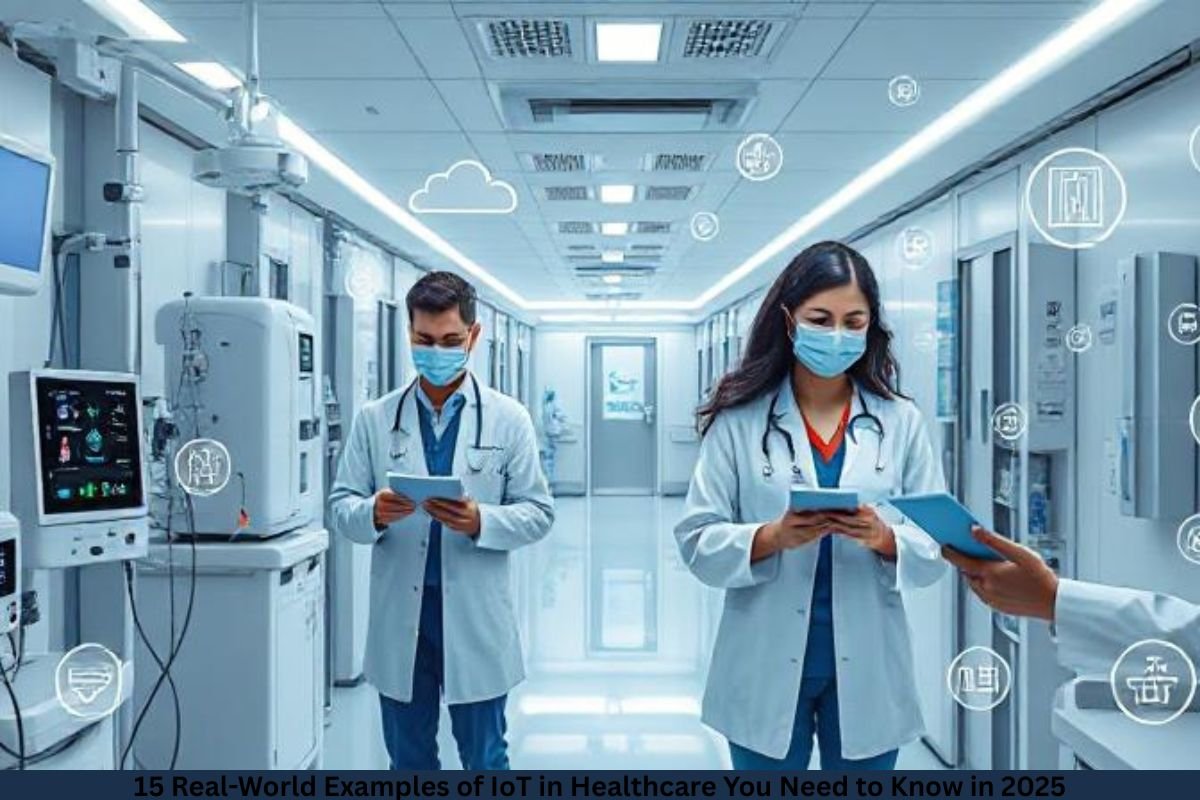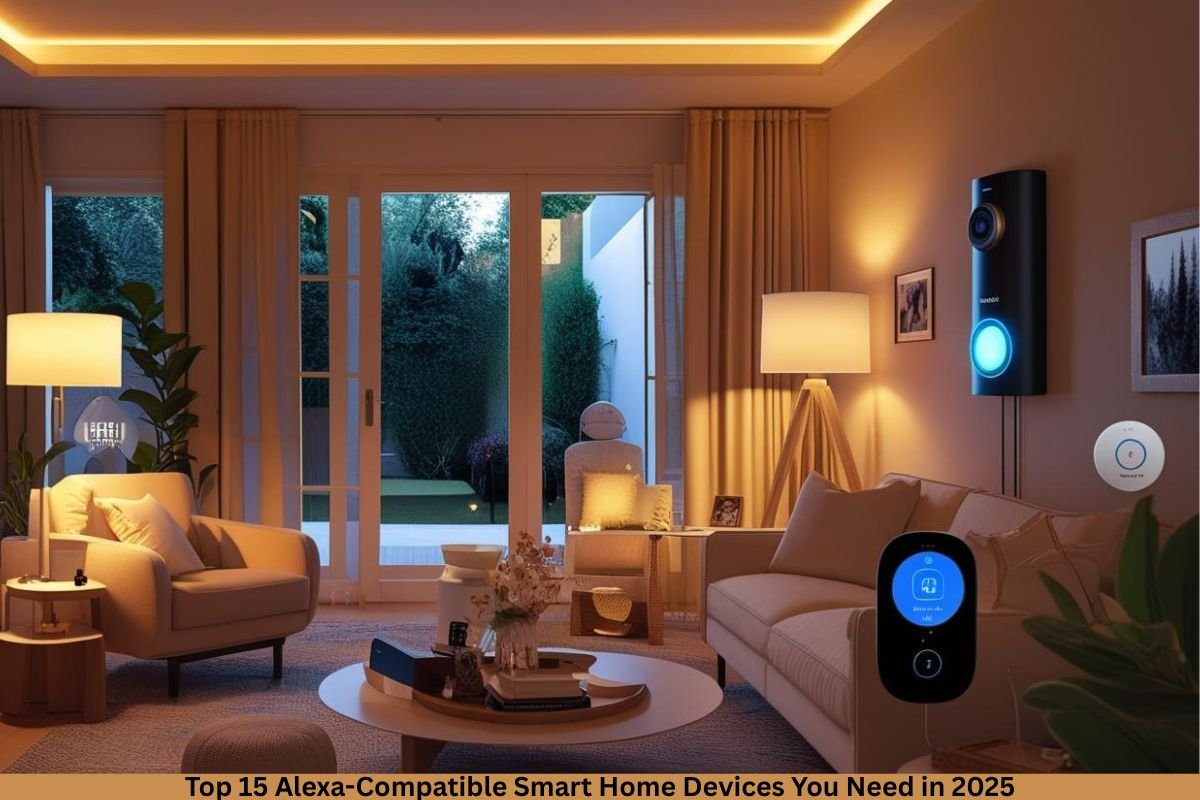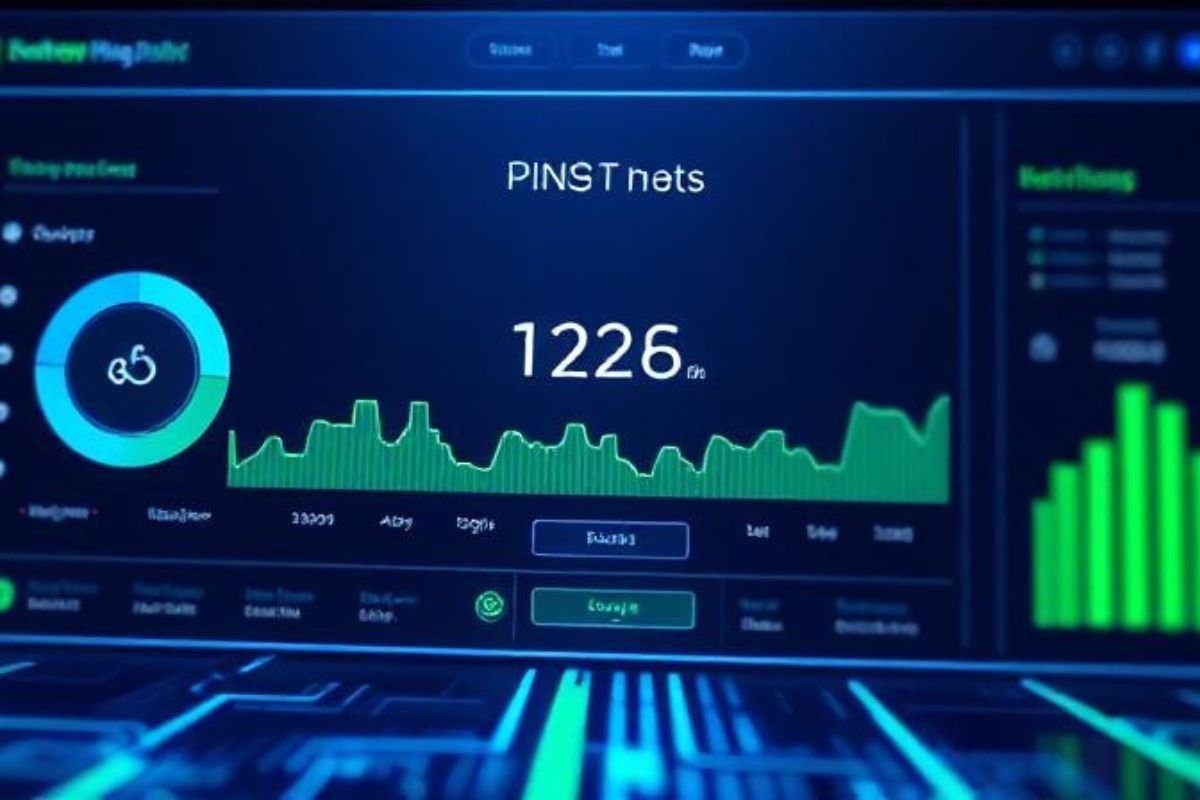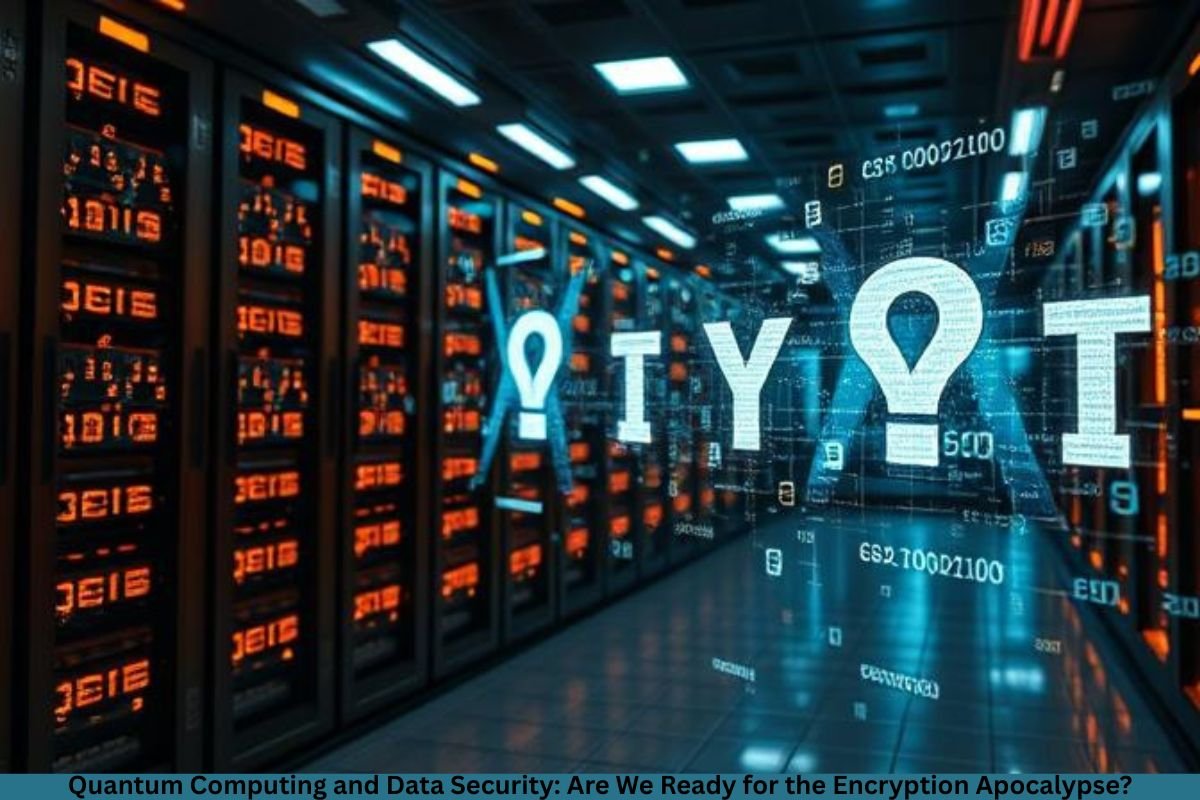Imagine an intelligent watch that can predict a heart attack or your pill bottle reminding you to take your medication. This isn’t sci-fi—it’s the Internet of Things (IoT) in motion. In healthcare, IoT has spread out a brand new technology of smart, connected clinical devices that acquire real-time statistics, speak with systems, and empower each medical doctor and sufferers like never before.
From remote affected person monitoring to smart hospital rooms, IoT is reshaping healthcare transport worldwide. Let’s dive into actual-global examples wherein this generation isn’t just progressive—but life-saving.
1. Remote Patient Monitoring (RPM) Devices
Example: VitalPatch & BioSticker
Companies like VitalConnect and BioIntelliSense have advanced wearable biosensors—VitalPatch and BioSticker—that track crucial signs like:
- Heart fee
- Respiratory rate
- Skin temperature
- Posture and motion
Hospitals use those devices to reveal sufferers from domestic, lowering readmissions and ER visits.
Real Impact:
During COVID-19, hospitals used RPM gadgets to monitor inflamed patients at home, freeing up beds and reducing the number of workers.
2. Smart Inhalers for Asthma and COPD
Example: Propeller Health
Smart inhalers tune inhalation data and send signals to sufferers through cell apps if they miss a dose or use it improperly.
Real Impact:
According to research, patients using Propeller Health’s smart inhalers had 79% fewer bronchial asthma assaults and improved medicine adherence.
3. Smart Pills with Ingestible Sensors
Example: Abilify MyCite
The FDA-accepted Abilify MyCite is a tablet with an embedded sensor that transmits information to a patch worn by the patient. It tells medical doctors if and whilst the patient took the drugs.
Real Impact:
This is a recreation-changer for intellectual fitness patients, wherein adherence to the remedy is important but tough to display.
4. IoT in Chronic Disease Management
Example: Glucose Monitoring with Dexcom G7
Diabetics do not need to prick their hands every few hours. Devices like Dexcom G7 continuously display glucose levels and alert customers (and caregivers) if numbers exit of range.
Real Impact:
Patients achieve tighter glucose management and decrease long-term complications, with many integrating the statistics into apps like Apple Health or Google Fit.
5. Smart Hospital Beds
Example: Hillrom’s Smart Beds
These IoT-enabled beds can:
- Track the affected person’s motion
- Adjust mechanically to lessen pressure ulcers
- Alert personnel whilst an affected person tries to arise
Real Impact:
Reduces falls, bedsores, and improves basic patient comfort—all without steady nurse intervention.
6. Asset Tracking in Hospitals
Example: GE Healthcare’s Asset Tracking Solution
Hospitals waste hours looking for a clinical system. GE Healthcare’s Real-Time Location System (RTLS) tracks:
- IV pumps
- Wheelchairs
- Ventilators
Real Impact:
Improves operational performance, saves costs, and ensures the device is sanitized and ready.
7. IoT-Enabled Insulin Pens
Example: NovoPen 6 & Echo Plus by Novo Nordisk
These smart insulin pens store and transmit insulin dose statistics to apps and healthcare carriers.
Real Impact:
Improves diabetes control via monitoring dosage trends, minimizing mistakes, and ensuring higher health practitioner-patient communication.
8. Wearables for Heart Health Monitoring
Example: Apple Watch & Fitbit ECG
Apple Watch and Fitbit now offer ECG monitoring and detect irregular coronary heart rhythms like atrial fibrillation (AFib).
Real Impact:
Several users have said their devices helped detect AFib early, mainly through well-timed clinical intervention or even saving lives.
9. IoT in Elderly Care and Fall Detection
Example: CarePredict & FallCall
Wearables like CarePredict use AI and motion sensors to locate atypical conduct in aged patients—like an unexpected state of being inactive or falls.
Real Impact:
Families and caregivers get real-time signals, lowering emergency reaction time and enhancing protection for seniors living alone.
10. Smart Thermometers and Fever Trackers
Example: Kinsa Smart Thermometer
This smart thermometer tracks temperatures and signs and symptoms throughout communities. During the pandemic, it became used to map flu outbreaks in real time.
Real Impact:
Public fitness officers and schools used these records to perceive hotspots and act quickly.
11. IoT-Powered Surgical Robots
Example: Da Vinci Surgical System
While no longer absolutely independent, Da Vinci robots are linked devices that assist surgeons in carrying out complex strategies with precision.
Real Impact:
Reduces medical institution remains, hastens restoration, and increases surgical accuracy.
12. Real-Time Medication Monitoring Systems
Example: MedMinder Pill Dispenser
This smart tablet dispenser indicates to users when to take medicine and notifies caregivers if doses are missed.
Real Impact:
Improves adherence for elderly or dementia sufferers, reducing hospitalizations.
13. IoT in Mental Health Monitoring
Example: Moodbeam Wearable
Designed for workplace mental health, Moodbeam allows customers to log their temper via a wearable button. Data is then shared with managers or counselors.
Real Impact:
Promotes emotional check-ins and early intervention in demanding environments.
14. Smart Contact Lenses
Example: Google’s Project Verily
Though nevertheless in development, Google’s smart contact lenses intend to reveal glucose levels through tears.
Real Impact (Future Potential):
It could revolutionize diabetes care with painless, real-time monitoring.
15. Connected Ambulances
Example: Philips’ IoT EMS Solutions
These ambulances ship affected person vitals to the ER, body of workers at the same time as en route, permitting hospitals to prepare ahead of time.
Real Impact:
Reduces door-to-remedy time in coronary heart assault and stroke patients—wherein every 2d counts.
Conclusion
The Internet of Things is now not the destiny of healthcare—it’s going on now. From tiny smart pills to life-saving wearables, IoT is remodeling how we diagnose, treat, and care for patients. It complements affected person results, saves time, cuts costs, and, most importantly, saves lives.
As these technologies become increasingly included and low-cost, we can expect even greater innovation at the intersection of fitness and connectivity.
FAQs
What is IoT in healthcare?
IoT in healthcare refers to linked clinical gadgets that acquire, store, and analyze health records to improve patient care and scientific operations.
Is IoT secure in healthcare?
Security is a prime subject. Most companies use encryption, authentication, and information safety protocols to protect sensitive health records.
Can IoT update doctors?
No, IoT enhances medical doctors by imparting actual-time statistics; however, it doesn’t replace medical judgment or human understanding.
Are there privacy issues with IoT clinical devices?
Yes, mainly with private records sharing. It’s crucial to apply FDA-accredited gadgets and platforms that follow HIPAA compliance.
What are the biggest benefits of IoT in healthcare?
Improved patient tracking, better outcomes, early prognosis, price discounts, and superior hospital efficiency.



